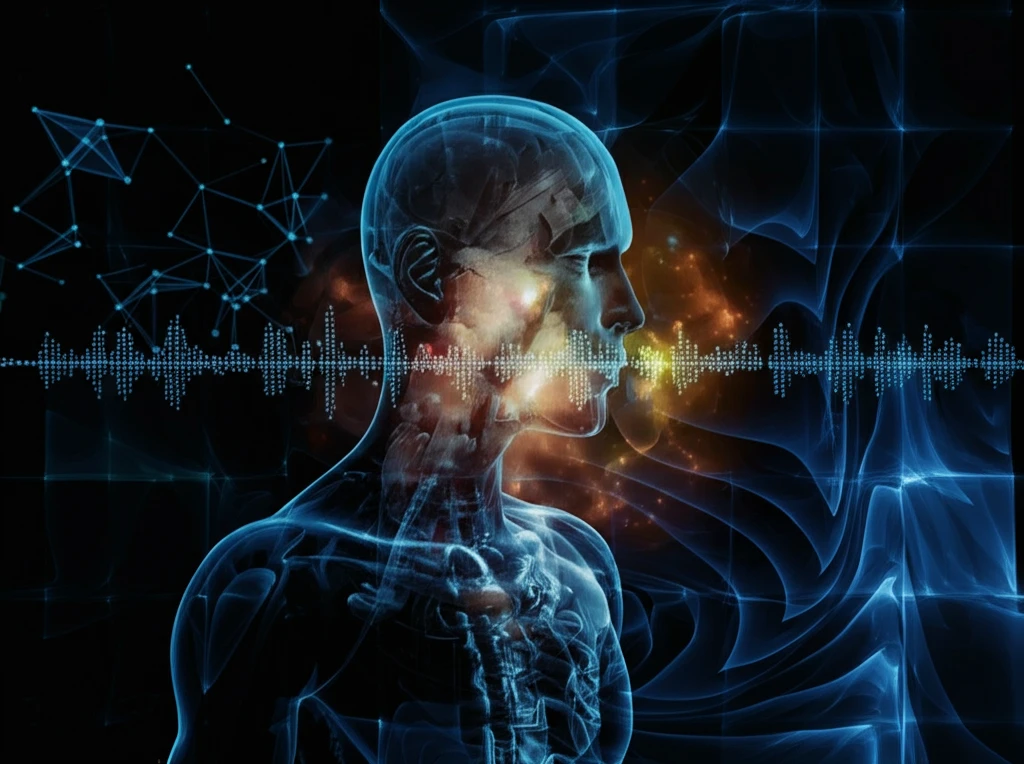
Decoding Your Cough: AI's Breakthrough in Accelerometry Signal Analysis
"Harnessing AI and Accelerometry to Revolutionize Cough Detection and Respiratory Health Monitoring"
Coughing is more than just a common bodily function; it's a critical reflex that protects our airways from irritants, fluids, and mucus. It can also signal underlying health issues, ranging from simple respiratory infections to more complex conditions like asthma, gastroesophageal reflux disease, and swallowing difficulties. Understanding the nuances of a cough—its frequency, intensity, and nature—can provide vital clues for diagnosis and treatment.
Traditionally, assessing a cough has relied on subjective methods, such as patient self-reporting, diaries, and symptom questionnaires. These approaches often lack the precision needed for effective clinical decision-making. The need for more objective and continuous monitoring has spurred the development of automated cough detection systems, promising to transform how we understand and manage respiratory health.
Recent advances in cervical accelerometry, a technique that measures vibrations in the neck, combined with sophisticated artificial intelligence (AI), are paving the way for highly accurate cough detection. This innovative approach not only distinguishes coughs from other common activities like swallowing, speech, and head movements but also offers a less intrusive and more reliable method for long-term respiratory monitoring.
AI and Accelerometry: A New Era in Cough Detection

A groundbreaking study detailed in "Biomedical Signal Processing and Control" explores the use of AI to automatically discriminate between cough and non-cough accelerometry signal artifacts. Researchers developed a system that uses accelerometers placed on the neck to capture subtle vibrations associated with coughing, swallowing, speech, and other movements. By applying AI algorithms, the system can differentiate between these activities with remarkable accuracy.
- High Accuracy: The system achieved a cough detection accuracy of up to 99.26% when distinguishing between voluntary cough and rest accelerometry signals.
- Discrimination: Significant accuracy was maintained when differentiating coughs from a range of non-cough artifacts, including swallowing and speech.
- Non-Invasive: The method requires only a single accelerometer, making it less intrusive than current systems that use combinations of microphones, accelerometers, and video recorders.
The Future of Respiratory Monitoring
The integration of AI and accelerometry offers a promising avenue for transforming respiratory health monitoring. As AI algorithms become more sophisticated and accelerometry technology advances, we can expect even more accurate, convenient, and personalized methods for detecting and managing cough and other respiratory symptoms. This innovation paves the way for proactive healthcare strategies, enabling early intervention and improved quality of life for individuals with respiratory conditions.
